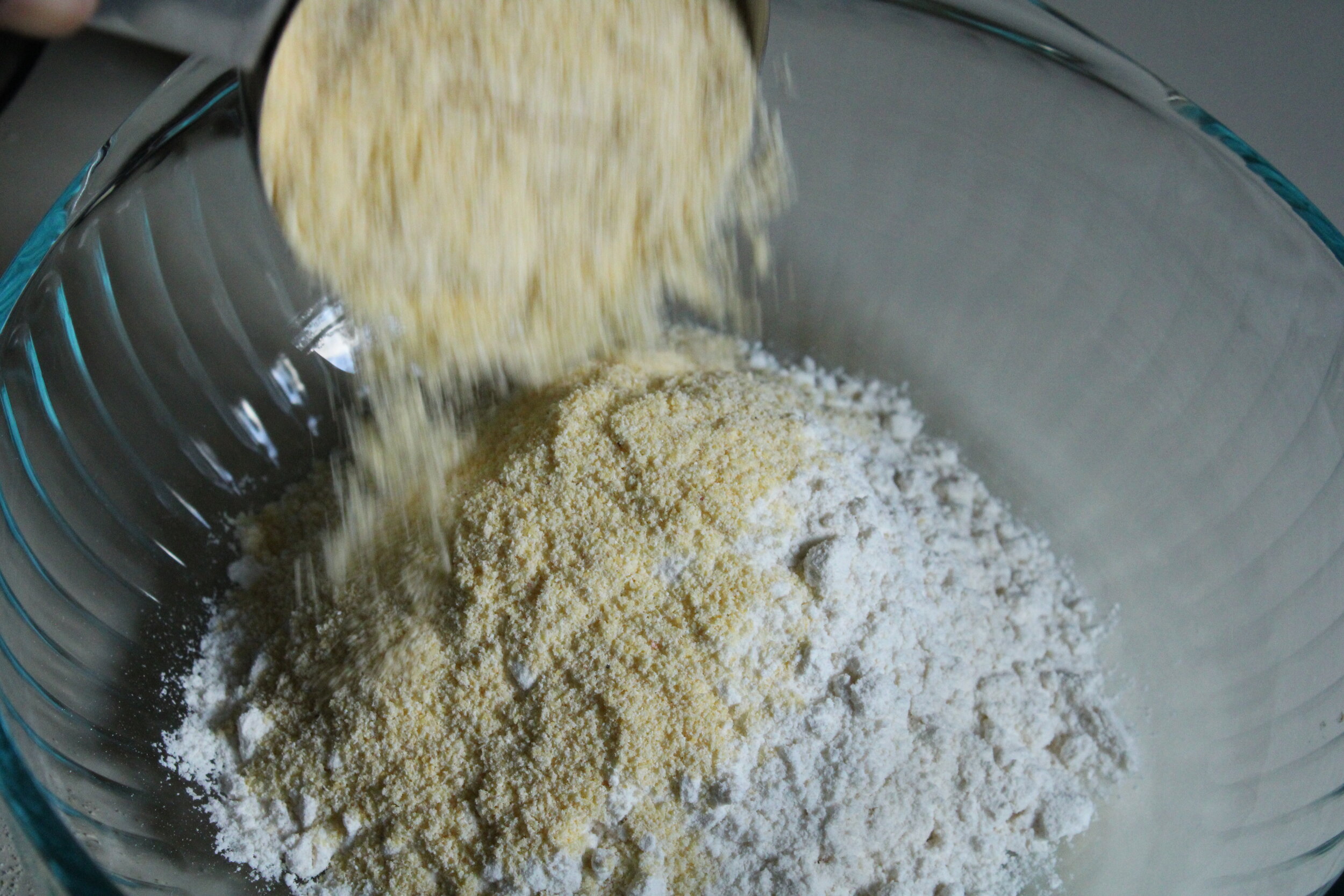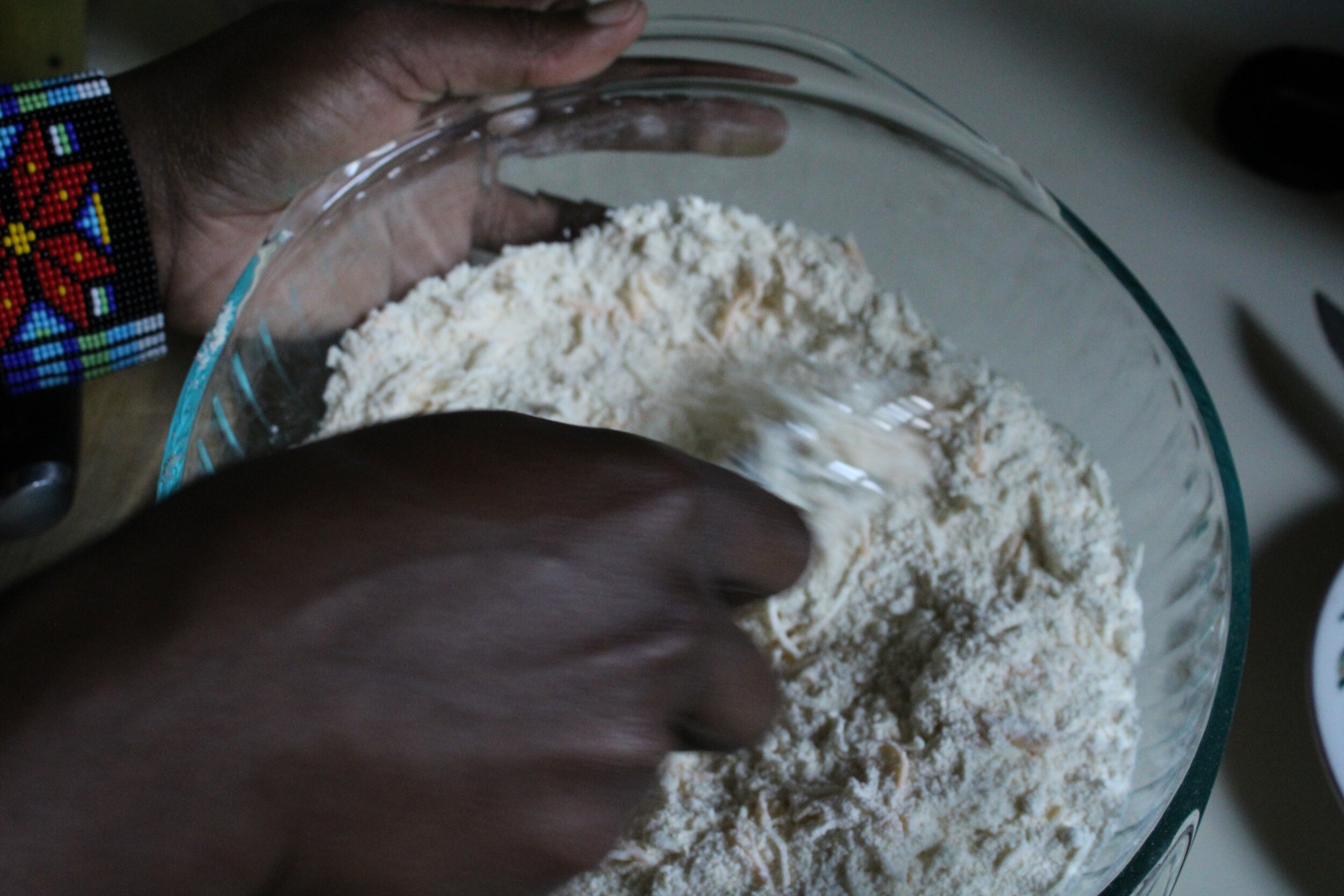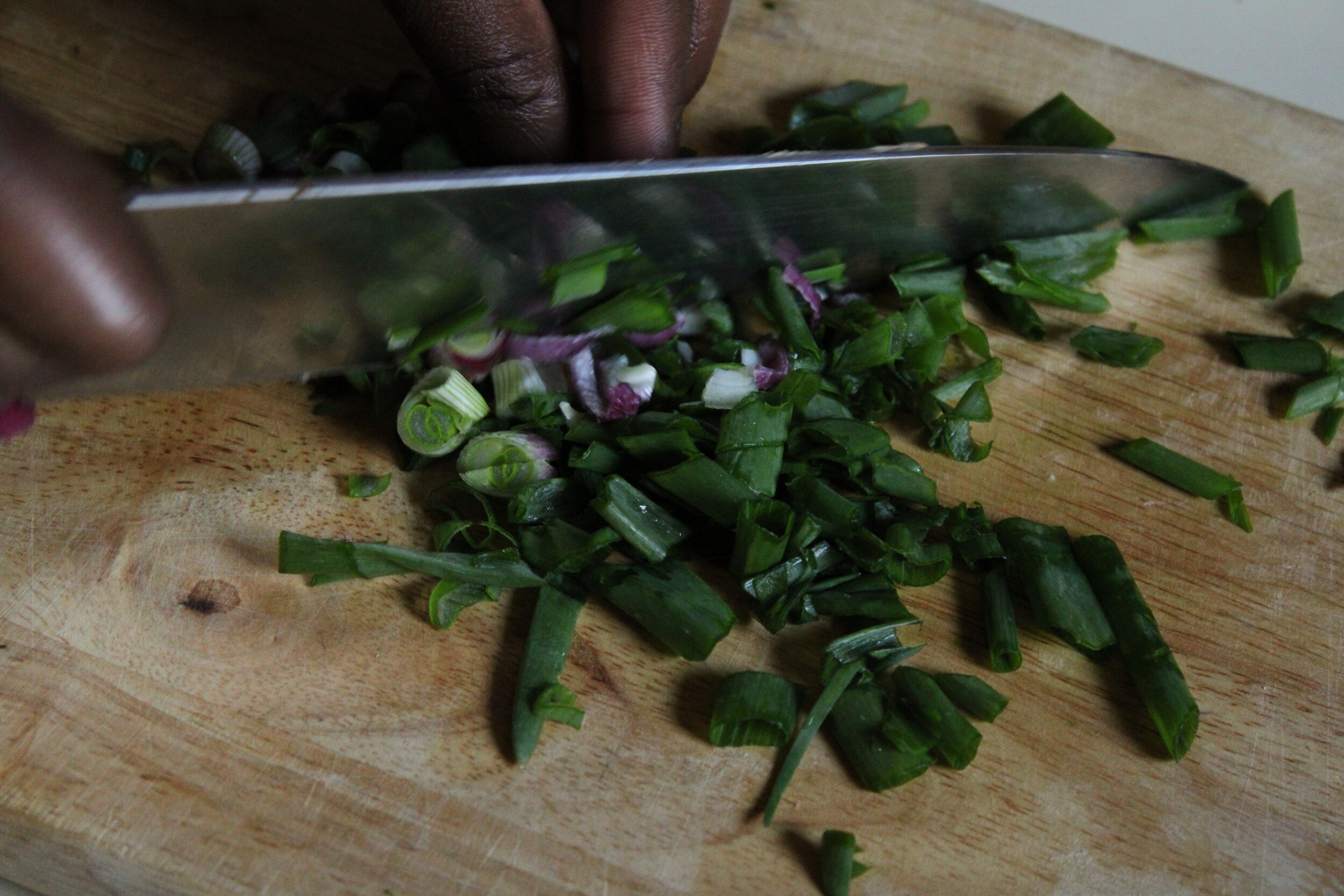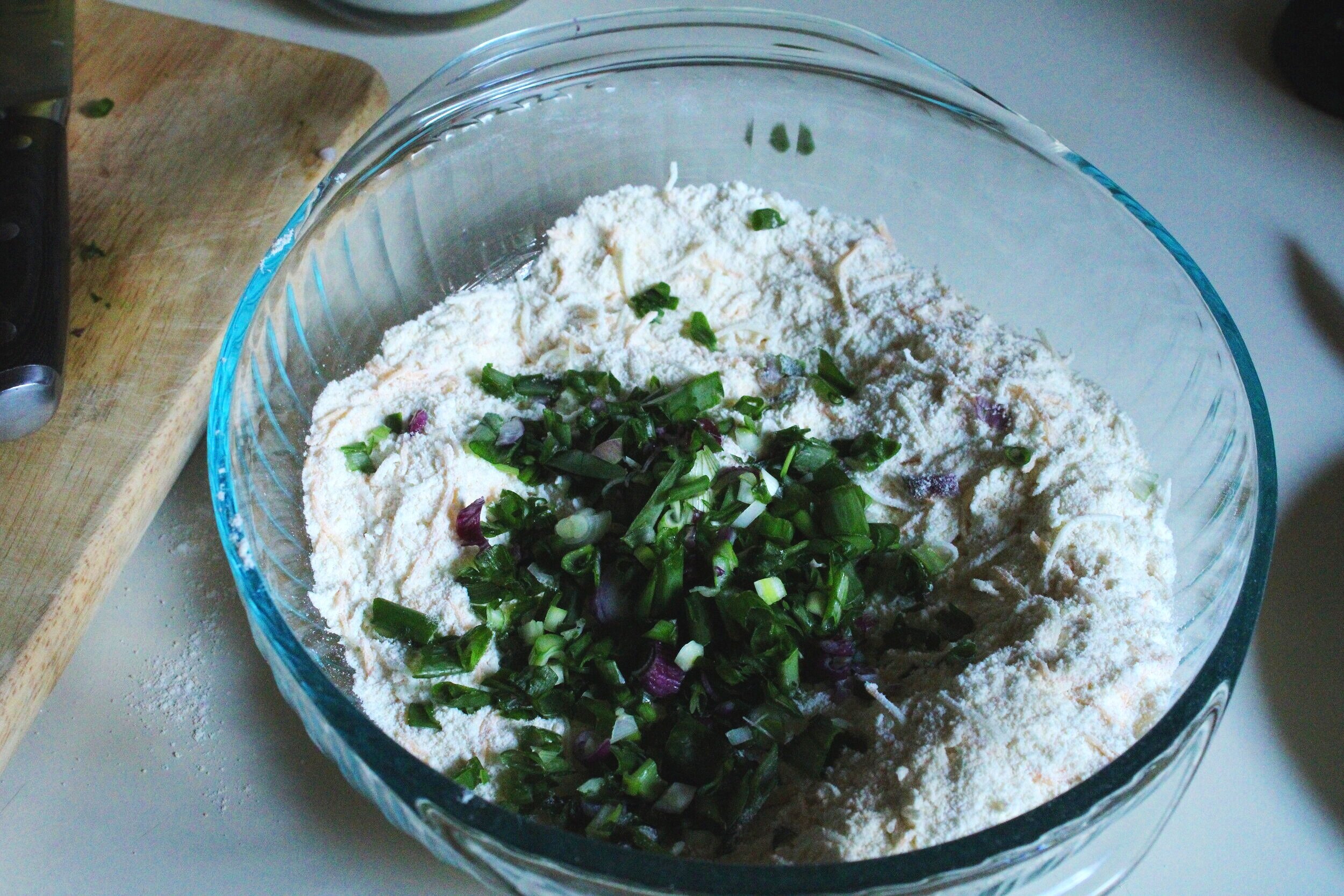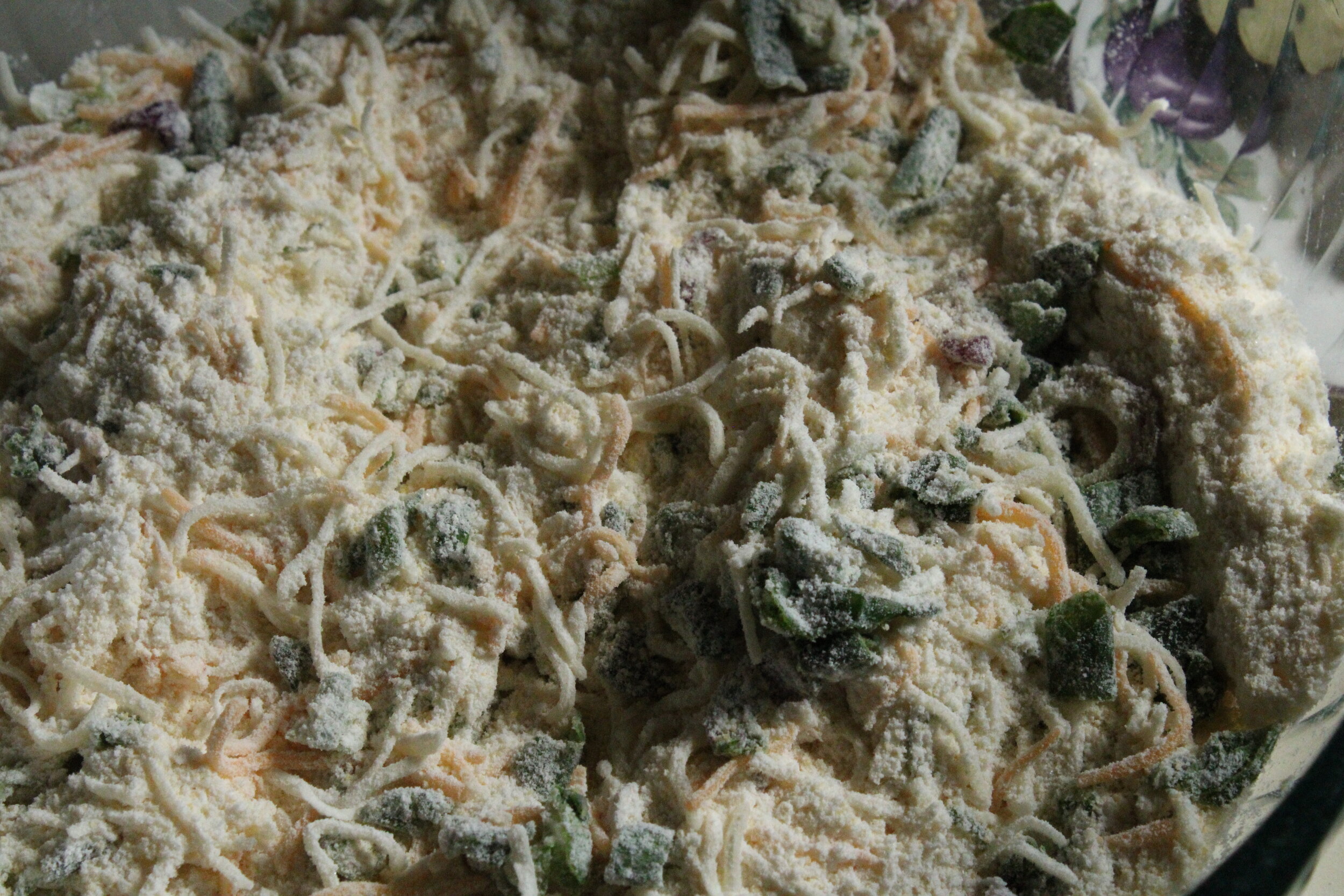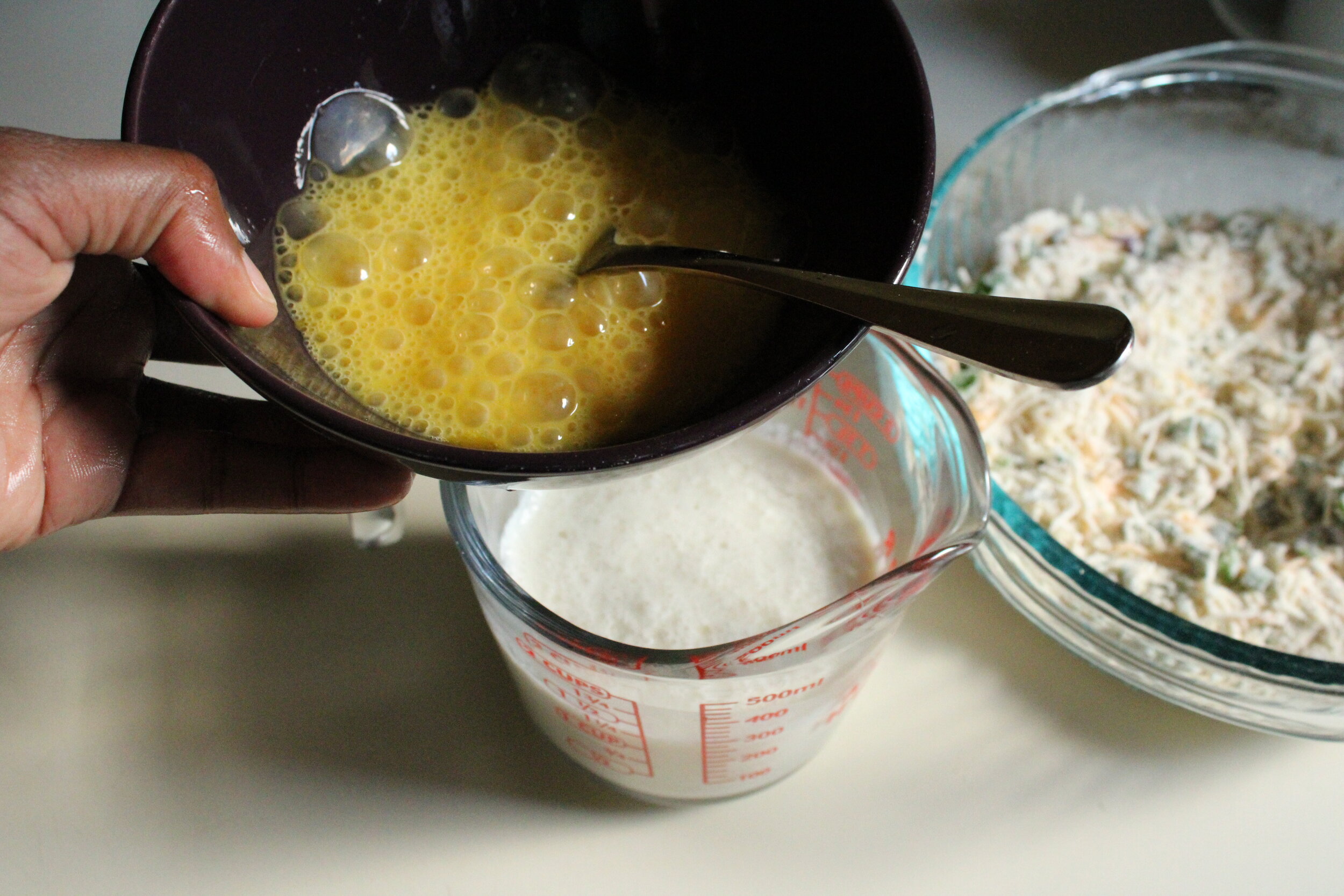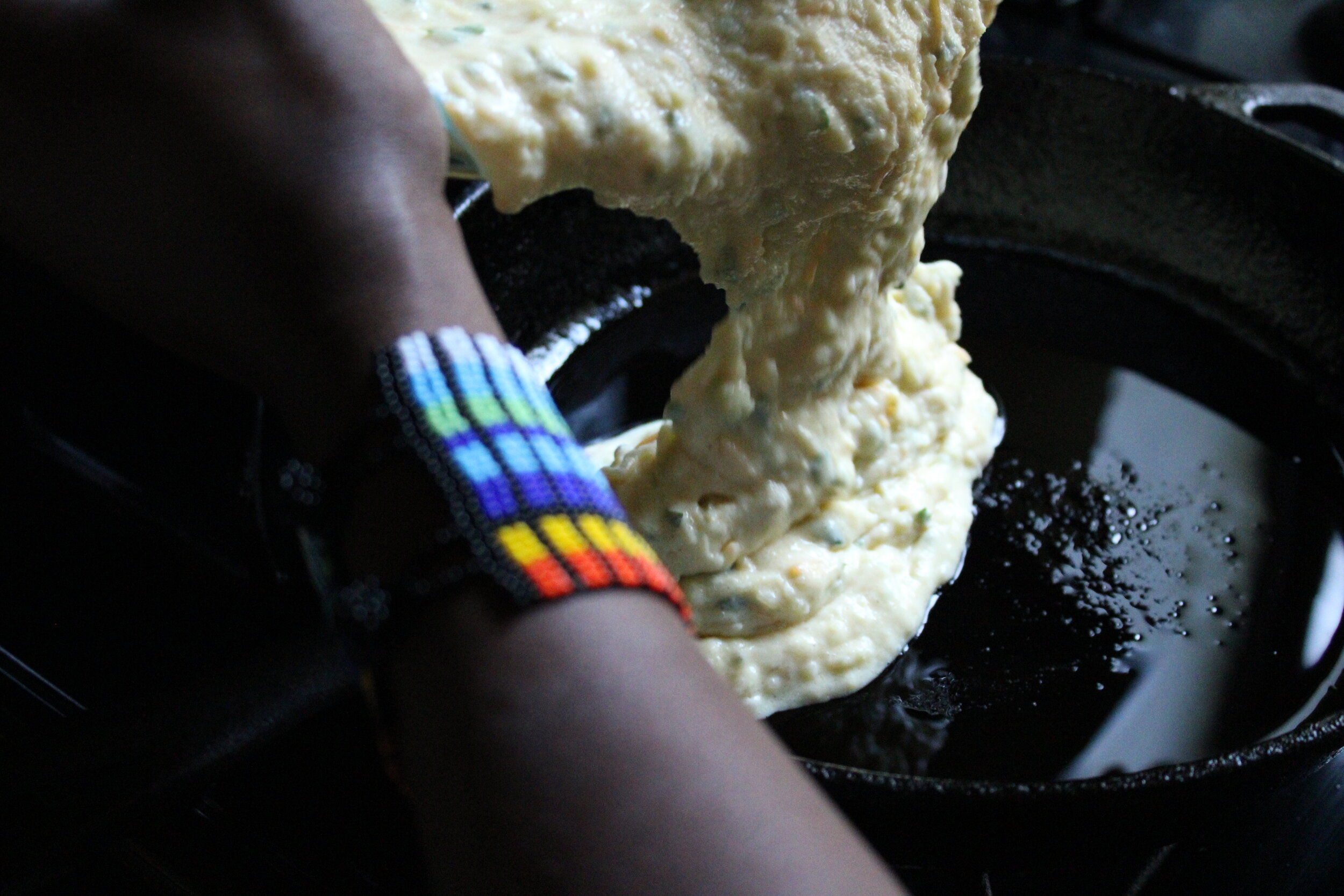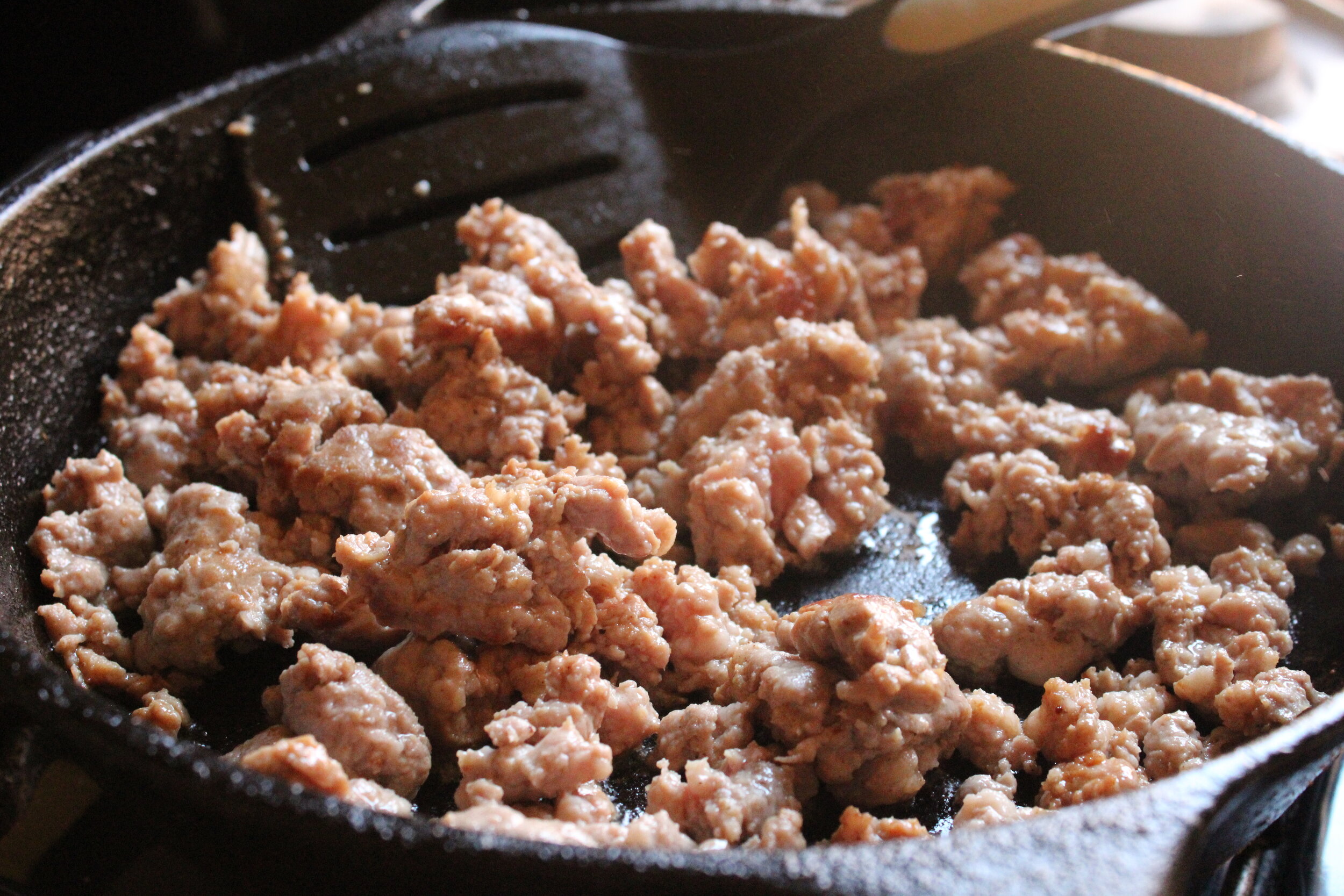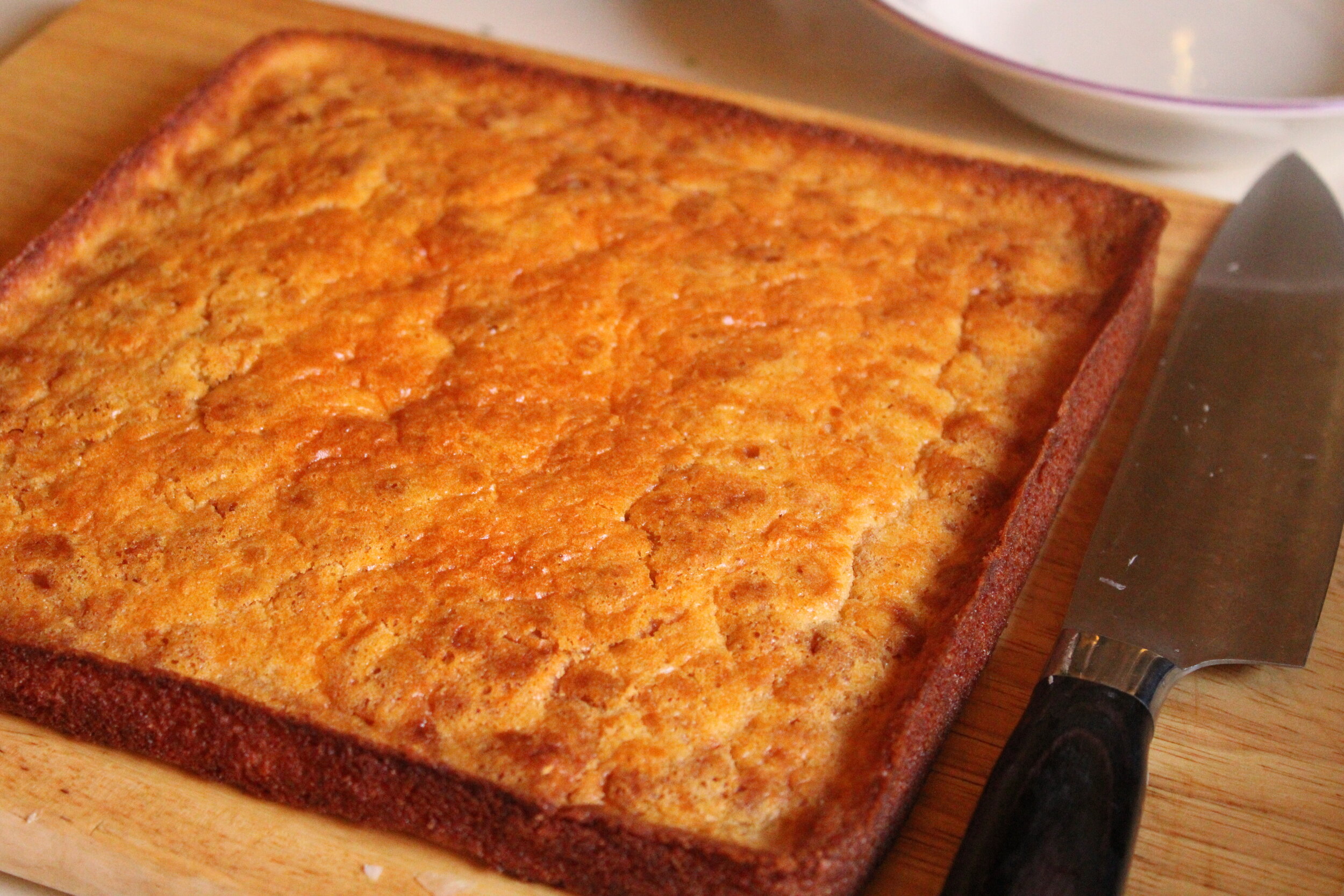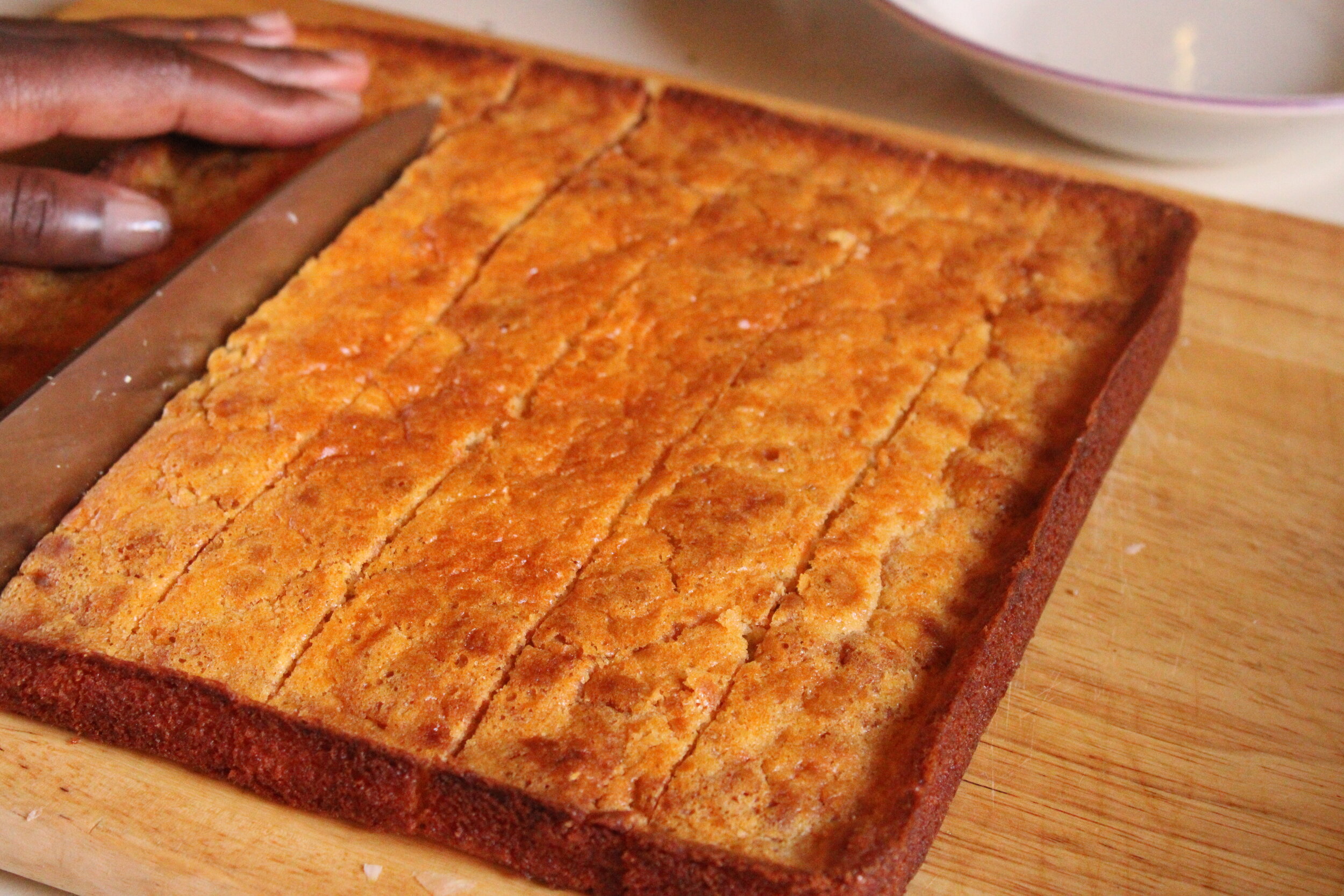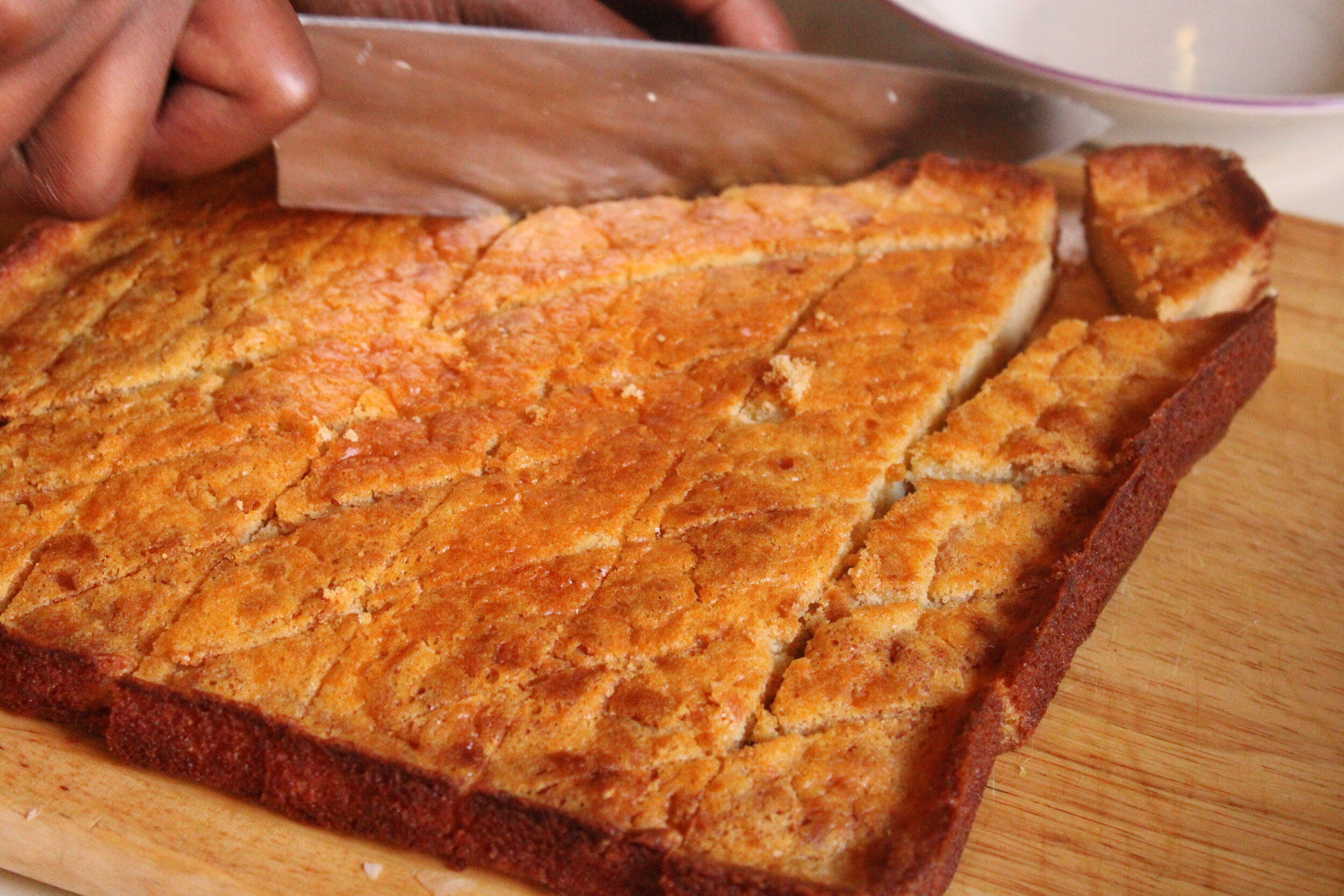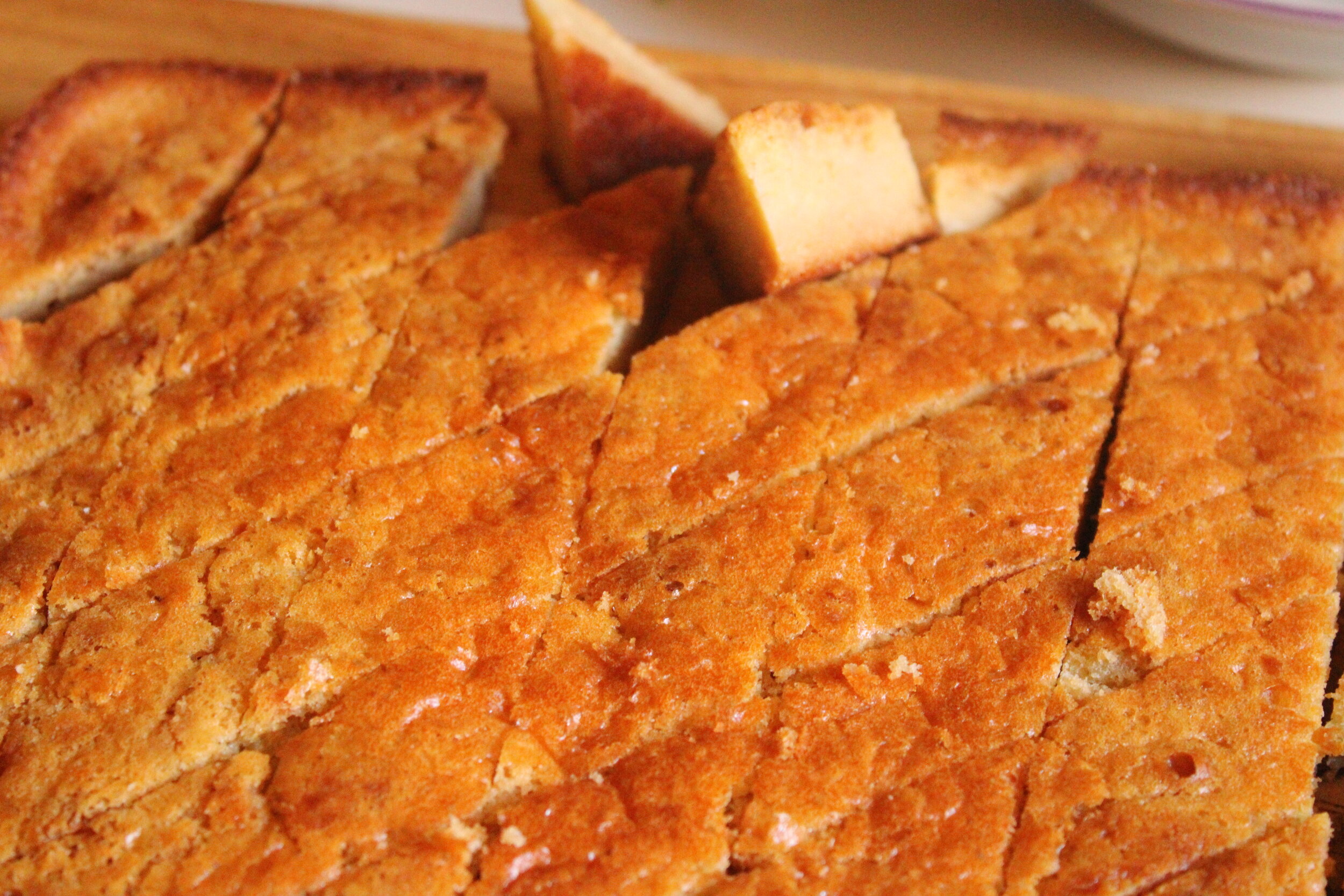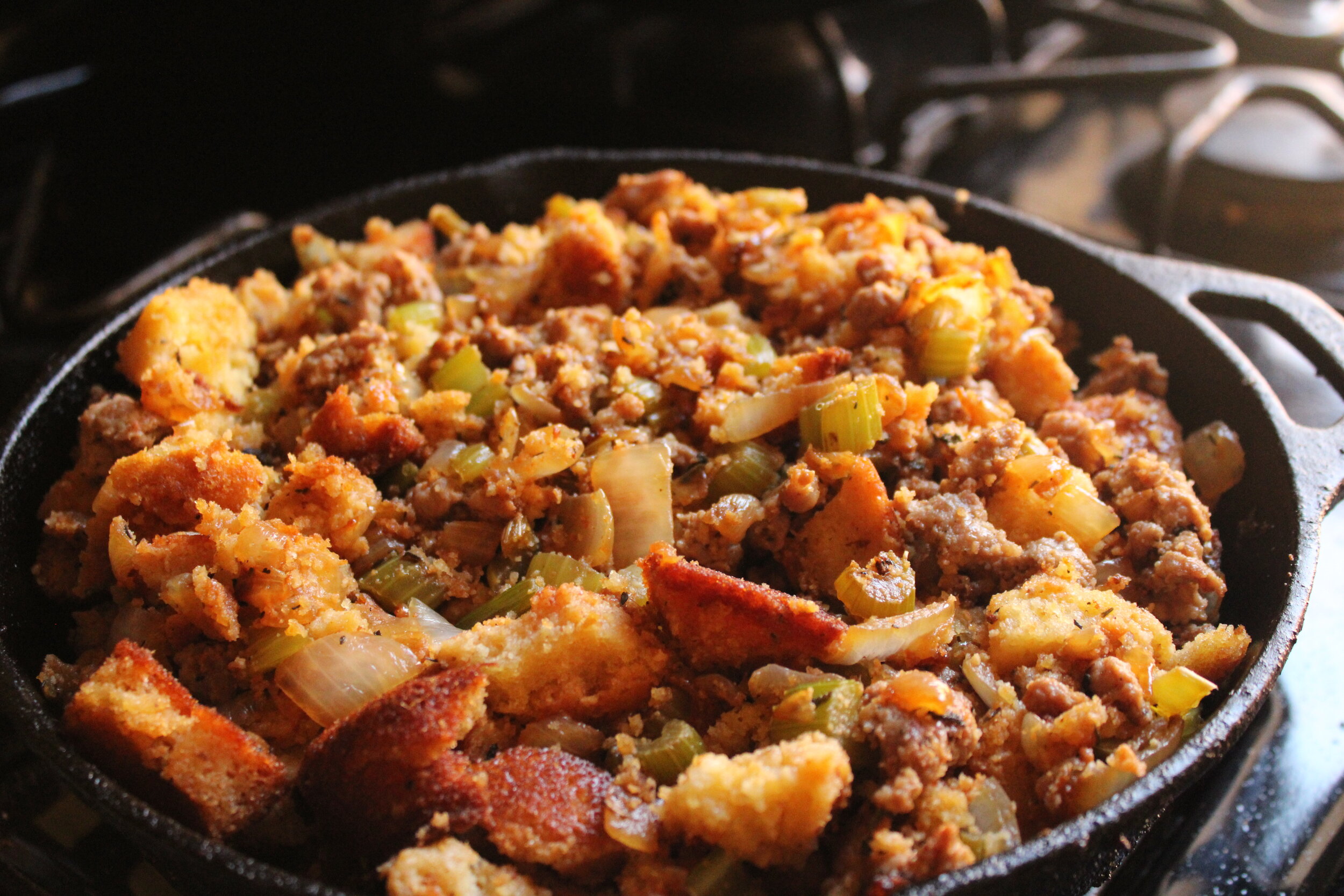Chapter 3. Buttermilk Cornbread (and Stuffing)
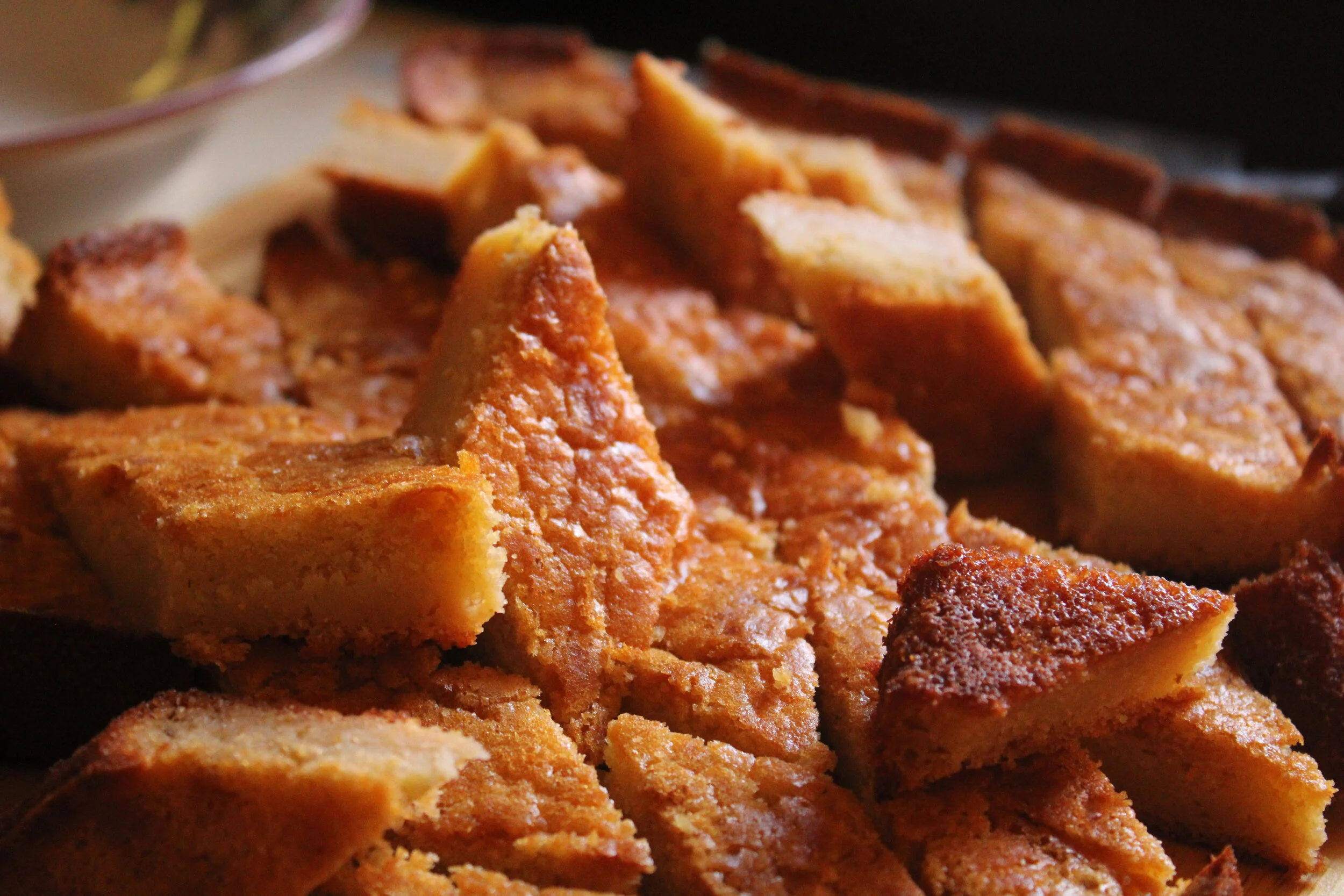
If there’s a dish that is tattooed into my DNA it’s cornbread. Cornbread was one of the first recipes I learned to make as a kid and I’ve definitely made it over a thousand times within the past 20 years, which is not meant to be a brag but just to stress how much it’s a part of my cooking identity.
With burgeoning reading skills, my mom assigned me to make cornbread from the blue box of Jiffy so that she could focus on making the more important parts of dinner and I could practice my reading and comprehension.
Like a true Northern-born Southerner I’d always add a ridiculous amount of sugar to it, sneakily making it into a dinner cake, much to my dad’s delight. It wasn’t until I was in my pre-teens that I learned how to make cornbread from scratch using different recipes that my mom wanted to try, and by my teens I could make various styles of cornbread excellently, but by that point I’d seen so much cornbread I was way over it and often wouldn’t eat it.
When I started working at a Seaport District bakery in my late teens, I learned to make this cornbread recipe and it renewed my love of cornbread with the savory add-ins. Even without the add-ins, this cornbread is super tender and comforting, and not noticeably sweet. I used to make this for an old friend of mine alongside chili and we’d drizzle raw honey on hot slices of it. This also tastes great with any jam or jelly you have.
If you want to make this cornbread recipe into something of a complete meal, you can use it as a base for stuffing (or dressing, if you’re that person). I’ve never stuffed a bird with anything but butter and onions, since my mom always said she thought it was hazardous to put stuffing into a raw animal, but I’ve always called it stuffing. You can call it what you please since I think we all know what we mean when we use either name . . . Anyways, the recipe for stuffing can be found below everything.
(portion of this piece was originally written in my The Soul of Food recipe booklets)
The Receipt - Buttermilk Cornbread
Serves: 8
Ingredients:
2 cup All-Purpose Flour (unbleached)
1 cup Cornmeal Flour
½ cup White Granulated Sugar
2 ¼ teaspoon Baking powder
1 ⅛ teaspoon Baking Soda
1 ¼ teaspoon Salt
½ cup Mild Cheddar Cheese, shredded (optional)
2 stems Scallions (a.k.a. green onions), sliced into small rings (optional)
2 sticks Butter, melted and slightly cooled
3 large Eggs
2 ¼ cup Buttermilk (or regular milk with 2 tablespoons of lemon juice or vinegar)
Step to it:
Preheat oven to 375F, and prepare a 9x11” baking pan with the oily paper from your butter to grease the bottom and sides of the pan. Alternatively you can use baking spray or an oiled paper towel to grease the pan.
Combine flour, cornmeal, sugar, baking powder, baking soda, and salt in a medium bowl. If you’re using the cheddar and scallions stir them in now, making sure to evenly distribute and coat them in flour so they don’t sink to the bottom of bread when baked.
In a large bowl, combine melted butter with eggs and buttermilk. Then use a rubber spatula to fold flour mixture into the butter mixture. Fold just to combine the flour completely with the wet mixture so that there aren’t any dry patches, but don’t worry about any small lumps in the batter.
Pour batter into prepared baking pan and bake for 30-45 minutes, and mid way turn the pan 180F so that it evenly browns. To test whether the bread is ready, you can either gently press the surface of your bread to see if it springs back (done) or sinks slightly (needs a little more time). You can also simply prick the bread with the tines of a fork to see if you get defined crumbs and not batter.
Remove the bread from the oven and allow to cool slightly before cutting into slices. Serve with your favorite soup or chili, or eat for breakfast with butter, jam or honey. Enjoy!
The Stuffing
sage, thyme, garlic, salt, and black pepper
This recipe is a memory-based recipe, recalling how my mom would make it when I was a kid. Super moist and yummy!
The Receipt - Michele’s Cornbread Stuffing
Serves: 4
Ingredients:
Half the Recipe of Cornbread from above (omitting the cheese and scallions if you want), bake, and allow to hang out covered on the counter, or in the fridge, for 1-2 days.
1# Raw Italian Sage Sausage
2 stalks Celery, chopped into 1/2” rings
1/2 large Onion, chopped into medium dice
1 teaspoon Sage, fresh sage leaves chopped or 2 tsp dried sage
1 teaspoon Black Pepper
1 teaspoon Garlic Granules
1 teaspoon Salt
2 large Eggs
2 cups Vegetable Stock
Step to it:
Preheat oven to 350F.
Place your skillet over a medium high heat, and squeeze sausage from casing into pan. Use a spatula to break up the sausage into pieces and cook until lightly browned, about 10-15 minutes. Remove sausage from the pan and set aside in a large bowl.
If your sausage didn’t produce a lot of oil, add small splash of oil to the pan’s surface, if your sausage produced a large pool of oil, remove some of that and set aside. You want your pan to glisten with about 1-2 tablespoons of oil. Now add in your onions and celery, season them with the herbs and spices, and cook to caramelize them slightly, about 10-15 minutes. Once the vegetables are browned and translucent, remove the pan from the heat and add them to the bowl with the sausage.
Next remove your cooked cornbread from its pan and chop up into chunky pieces. The chunks don’t have to be perfect, in fact it’s even better if you rip them with your fingers. Whichever route you take, once the cornbread is in 1-1/12” chunks add that to the bowl of sausage and vegetables, toss to combine.
Next in a small bowl whisk together the eggs and vegetable stock until thoroughly combined. Pour this over the cornbread and toss to combine.
If your skillet still has residual oil, maybe use a paper towel to spread that oil around. Otherwise use any oil you’ve reserved to grease up the pan evenly in all corners.
Then pour the cornbread mixture into the skillet and pop into the oven. Bake for about 35-45 minutes or until the top of it is crispy and brown. The whole thing is already cooked, so you’re really just baking to get the eggs to do their thing in binding the mixture and for those crunchy edges. So once it’s brown and a fork inserted comes out clean, you’re stuffing is done! Enjoy with juicy meat or gravy, or just eat it straight out of the pan.




